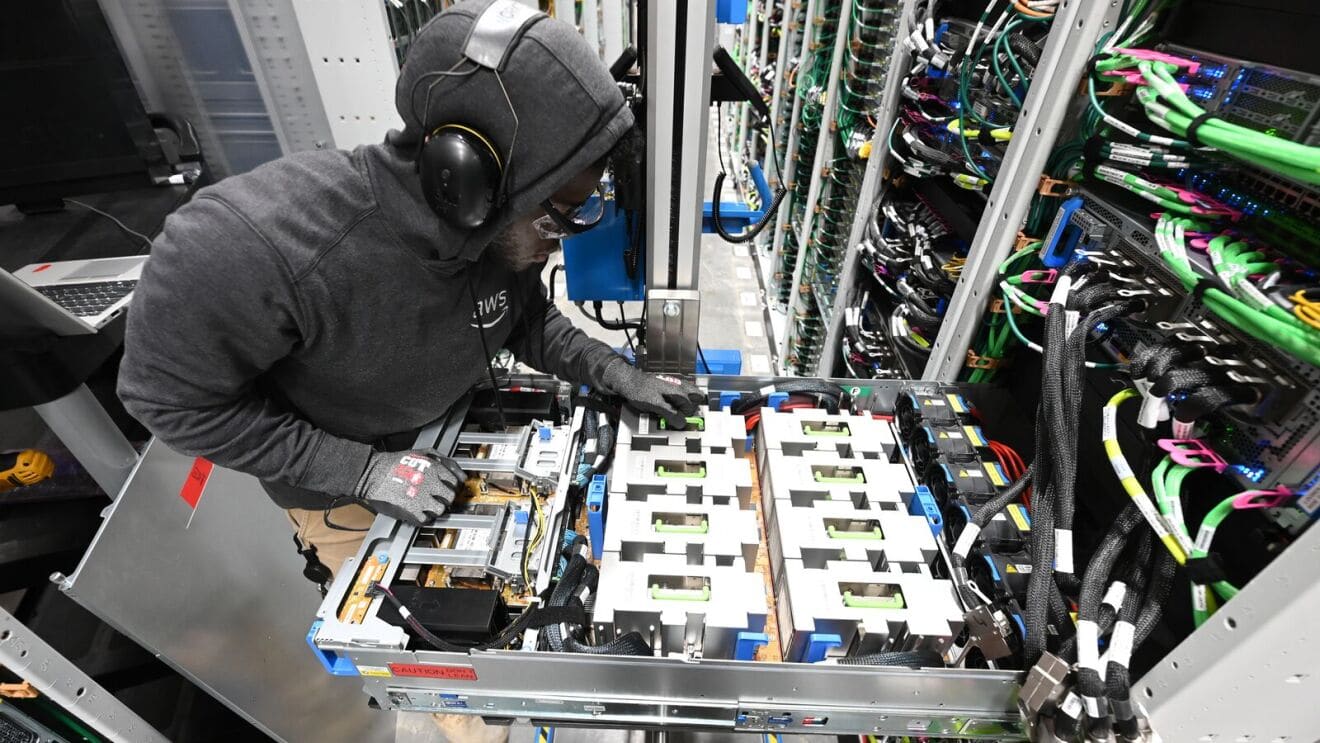Amazon EC2 (Elastic Compute Cloud) is one of the most versatile and powerful services offered by AWS. It allows you to deploy virtual servers (instances) in the cloud with specific configurations for CPU, memory, storage, and networking. Choosing the right type of EC2 instance not only impacts the performance of your application but also the operational cost. Below, we break down the main types of EC2 instances, their features, and ideal use cases for each.
🧱 1. General Purpose Instances (T, M)
T (T4g, T3, T3a, T2) – Low Cost with CPU Bursts
- Ideal Use: Low-demand applications needing occasional compute power, such as web servers, development environments, and small databases.
- Key Features: CPU credits usage; good cost-performance ratio.
- Advantage: Economical and efficient if constant CPU-intensive usage is not required.
M (M7g, M6i, M5, M4) – Balanced CPU, Memory, and Network
- Ideal Use: Enterprise applications, backend servers, microservices, game servers.
- Key Features: Balanced resources for stable workloads.
- Advantage: Versatility for multiple scenarios without the need for specialization.
🧮 2. Compute Optimized Instances (C)
C (C7g, C6i, C5, C4) – CPU Power
- Ideal Use: CPU-intensive processing, such as data analysis, batch processing, compression, online gaming, and high-performance web servers.
- Key Features: High CPU-to-dollar ratio.
- Advantage: Optimized computational performance for fast and efficient calculations.
🧠 3. Memory Optimized Instances (R, X, z)
R (R7g, R6i, R5, R4) – Large Memory Capacity
- Ideal Use: In-memory databases, caches, data analytics, SAP HANA.
- Key Features: Higher memory-to-CPU ratio.
- Advantage: Excellent for applications that require high RAM.
X (X2idn, X2iedn, X1, X1e) – Extreme Memory
- Ideal Use: Very large in-memory workloads such as real-time databases.
- Key Features: Up to several terabytes of RAM.
- Advantage: Highly specialized; high cost but necessary for certain critical business environments.
z (z1d) – High CPU Frequency + Memory
- Ideal Use: Commercial applications requiring licensing per core (like Oracle DB).
- Key Features: High clock frequency (> 4 GHz).
- Advantage: Single-threaded power with ample memory.
📦 4. Storage Optimized Instances (I, D, H)
I (I4i, I3) – NVMe Storage
- Ideal Use: NoSQL databases, OLTP, low-latency storage.
- Key Features: Local NVMe SSDs with extremely high speed.
- Advantage: Very low latency for I/O operations.
D (D3, D2) – Large Volume Storage
- Ideal Use: Massive data storage, distributed file systems.
- Key Features: Local high-capacity HDD disks.
- Advantage: Ideal for sequential read/write workloads.
H (H1) – High Density HDD Storage
- Ideal Use: Big data analysis, Hadoop clusters.
- Key Features: High capacity with decent performance.
- Advantage: Cost-effective for large volumes of data.
🧠⚡ 5. Machine Learning and Graphics Optimized Instances (P, G, Inf, Trn)
P (P4, P3) – GPU for Deep Learning
- Ideal Use: Training AI models and deep learning.
- Key Features: NVIDIA GPUs with high compute capacity.
- Advantage: Accelerates the training of complex neural networks.
G (G5, G4) – GPU for Graphics or Inference
- Ideal Use: Video rendering, virtual workstations, AI inference.
- Key Features: Balanced GPUs with general resources.
- Advantage: Cost savings in visual processes or model inferences.
Inf (Inf2) – Optimized AI Inference
- Ideal Use: Large-scale inference (post-training).
- Key Features: AWS Inferentia chips.
- Advantage: Inference performance at a lower cost than traditional GPUs.
Trn (Trn1) – Large-Scale AI Training
- Ideal Use: Large AI models (transformers).
- Key Features: AWS Trainium chips.
- Advantage: Savings in training advanced AI models.
🌍 6. Network and High Performance Computing (HPC) Optimized Instances
HPC (Hpc6id, c6gn, etc.)
- Ideal Use: Scientific simulations, CFD, financial modeling, rendering.
- Key Features: High-speed networking, low latency, compute-intensive.
- Advantage: Specialized for tasks requiring rapid synchronization between nodes.
✅ Final Recommendations
| Main Need | Recommended Type |
|---|---|
| General/Balanced Use | M, T |
| Intensive Processing (CPU) | C |
| Applications Requiring High RAM | R, X |
| Low Latency Databases | I |
| Big Data and Dense Storage | D, H |
| AI and Deep Learning | P, G, Inf, Trn |
| Simulations/HPC | HPC |
Choosing the right EC2 instance is crucial to avoid over-provisioning, optimize costs, and ensure adequate performance. Always consider the specific workload, usage profile (spikes, steady load, etc.), and feel free to experiment with reserved instances, spot instances, or savings plans to maximize savings.
AWS offers you more than 600 instance combinations, so understanding these categories will give you a strategic advantage in efficient cloud utilization.

